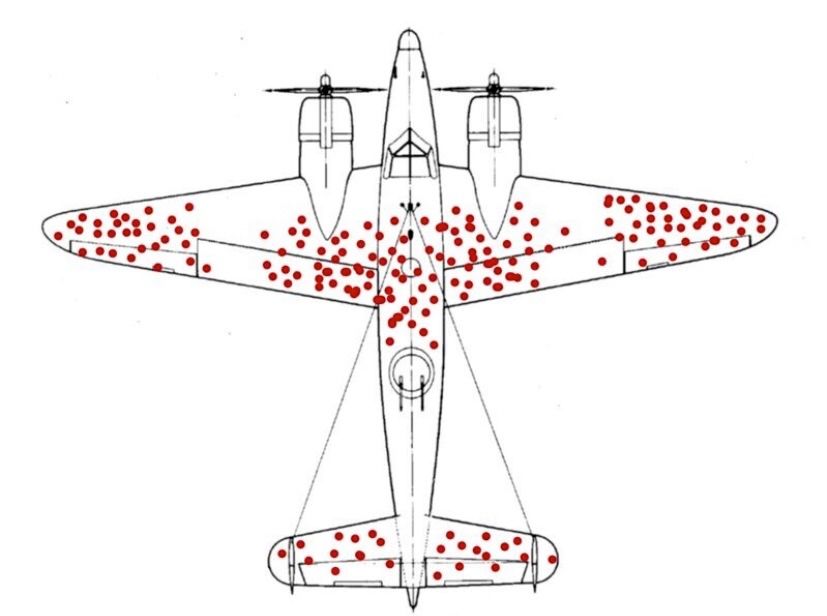Have you ever been on an introductory call with the client and they were questioning if they even need a PM? A simple question without a simple answer. You can’t just say “to manage the project.” So, let's dig into all the project manager's responsibilities for a more comprehensive explanation.
Here’s how the party usually starts. First, there’s an internal kick-off call with the development team a day or two before introducing your team to the client. While chatting, you will most certainly hear some, if not everything, of the following:
- We don’t want to use any complicated ticketing system.
- We don’t want to have too many meetings or daily standups.
- We don’t need to write specs on tickets.
- We want all designs confirmed before we start.
- We’ll just work out the high-level product requirements document (PRD) sent by the client.
Were you ever a part of a team whose project kicked off like this? How did it go?
On the other side, let’s ask ourselves, just like the client most likely will:
- When will you be done?
- How much will it cost?
It sounds like two simple questions, right? However, they really aren’t. There’s a lot of work and knowledge hidden behind project management and answering these questions at any given moment.
Therefore, this blog can help you understand the role better, especially if you are a project manager “in the making”. Jumping forward, the article can also encourage business owners to realize why having a PM on their team is essential. On the other hand, it can help team members understand what’s behind their common questions, such as “What’s the status with XY?.”
The PMs Most Important Task (is Managing Expectations)
Even if we do all the specs, estimations, and planning, we actually still don’t know or can’t be sure the project will actually turn out this way. We’re just guessing. That’s why (these are probably the most important words in project management you’ll ever read) you have to manage the client’s expectations. All the time.
Everything will change all the time. Really, everything. There will be changes in specs, designs, business values and priorities, frameworks used, databases, budget, and working days due to holidays, sick leaves and similar.
I have more than 20 years of experience in IT, software development, and project management. Do you know what developers do? Everything. They will code as you speak as long as the idea is cool enough or sounds really important during the daily meeting. No one is interested in chore tasks like fixing ‘the last bug.’ Developers don’t know how much money was spent on those lines of code. And they don’t know how much money can or will be earned with the same lines of code. Yet, business owners do not want to create a code that doesn’t bring them any value.
Now, let’s find the answer to what you have to manage if you’re handling this kind of project to manage your client’s expectations successfully.
Many Hats a PM Wears (and I am Sure I Could List More)
You are starting as a motivator. You have to talk to the team to get everyone excited about the project. No one should feel overwhelmed with administrative tasks, such as writing work log reports and cooperating at all the needed ‘ceremonies,’ such as different meetings.
Mentioning ceremonies, that’s when you become a process manager. You must be confident in the process you’re about to introduce to the team and the client. Since I could write a book about this part, I won’t get into much detail. However, the key here is to present the process as a tool to help the team do the job. For example, if there is a need for a 30-minute meeting with a client and nine of the team members, you’ll have to propose it to the client in a way that will assure them this is not a waste of their money.
After the work begins, you’ll quickly find a significant gap in information flow between the client and the development team. Sometimes you’re lucky and the client has or is a product owner. If that’s not the case, you’ll have to step in. You might have to plan more time to work on this project. Like a process manager, explaining a product owner's role requires a book of its own. Yet, if we leave the details on the side, making your technical side stronger and understanding high-level technology terms as well as the connection between them is the least you can do.

To give more insights into the roles of process manager and product owner, I like to show the picture of an airplane with bullet holes from the battle. A typical artificial intelligence (AI) analysis would suggest reinforcing the damaged areas. However, you should keep in mind these are the planes that came back. On the other side, aircraft with impact elsewhere didn’t, so those are actually the areas needing reinforcements. The analogy shows how sometimes the project manager and/or project owner are the persons who correctly translate the business needs to the development team and focus on the right areas of the product.
By this time, some team members might feel a bit insecure about how they are supposed to perform things like sprint reviews, presentations to the client, estimations, tasks management in the selected task management tool, reporting and similar. On the other hand, you’ll have to face the client and communicate the lack of designs, needed changes in the infrastructure setup, budget changes, team changes, and the necessity of paying invoices. By doing all of this, you become a leader.
Remember when we talked about managing the client's expectations? You’ll have to set up high-level short-term and long-term plans at least. They don’t need to be very exact or scientific. Still, it helps you match your sprint or versions deployed with the long-term time plan and see if you have to adjust anything – either the number of features, the number of team members (budget) or the timeline. Here it’s also good to know when your team members plan to have an extended time off, such as around bigger holidays and for the summer or winter breaks. Now you are also a strategist.
While playing a salesperson part, you should recognize chances for upsells. The client trusts you enough to talk to you about other aspects of the business, available budget and side projects. They can even start asking about the discount in the case of doubling the team size. Though it sounds like a task for your sales team, it all begins with you.
While managing one or more projects, you’ll always have to communicate with different departments within the company, internally or externally. Examples include:
- the accounting asking you which are the third-party service fees they should put on the client’s invoice
- the recruiting team searching for extra information about the technology used on the project to find necessary team member replacements
- the legal team requesting to see a written confirmation about the additional team member's onboarding
All of the above and similar tasks are why you also wear the coordinator's hat while working as a project manager.
You’ll have to be the finance person who does more than just sends the invoice from time to time. For example, the client can ramp up the budget, ask to add more team members, recalculate deadlines and provide a financial projection of the costs for the next X weeks/months of the increase in team members.
Finally, you will get different questions from your team members. Some might even ask you for personal advice. Your colleagues will be under stress, experience overwork, think about accepting another offer, or face personal tragedies like losing a family member. To some extent, you are in the role of a therapist. If nothing more, you have to be at least mature enough to accept all these situations, calmly talk to the person and, when necessary, help them find an actual therapist.
It is not a hundred percent sure you will have to step into all described roles for all projects. Yet, there is a high chance that it will regularly happen throughout your career even if you specialize in one specific area, such as being a scrum master or product owner. In the end, a project manager is undeniably one of the key persons who ensure the project meets the client’s expectations. Just like the developers, quality assurance analysts (QAs), designers and everyone else on the team are.
I’m a Project Manager, Not a Magician (But I Can Understand How You Might Be Confused)
If I had to make the list of the hats the project manager has to wear, I would include the following:
- Motivator – motivate the team to do what it takes and work through the chore tasks.
- Process manager – set up how the day/week/month starts and ends, facilitating all the ceremonies and artifacts.
- Product owner – translate business requirements to technical specifications in an organized manner.
- Leader – face the team's impediments and help them overcome blocks, including managing and influencing the client to provide information, availability, and budget.
- Strategist – do high-level and abstract planning with future goals and problems in mind.
- Salesperson – recognize upselling opportunities.
- Coordinator – take care of intradepartmental organization.
- Finance person – edit financial projections when planning changes.
- A therapist – be mature enough to talk about any subject possible in a calm matter.
Reading the above might be overwhelming for those considering becoming a project manager. Are you thinking: “Wow, I’ll have to do all this?” No, sometimes there are other things you’ll have to do as well.
But don’t worry, it’s not scary. Many people who start working as project managers under proper mentorship develop most of the needed skills so that the responsibilities practically become routine. Still, it’s beneficial to read some articles, books or blogs and take a webinar or certification class from time to time to refresh your memory. Having more experience, better qualifications, and success on your projects will make it more enjoyable and rewarding to work as a project manager.
Do you have what it takes to be a Project Manager in IT? You're in luck! We are currently accepting applications for a Project Manager position. Moreover, if you're a student looking to launch your IT career, join our next session of Povio Project Management Academy to get your IT career to the right start.
- Apply here for the on-site Project Manager position.
- Apply here for the remote Project Manager position.

